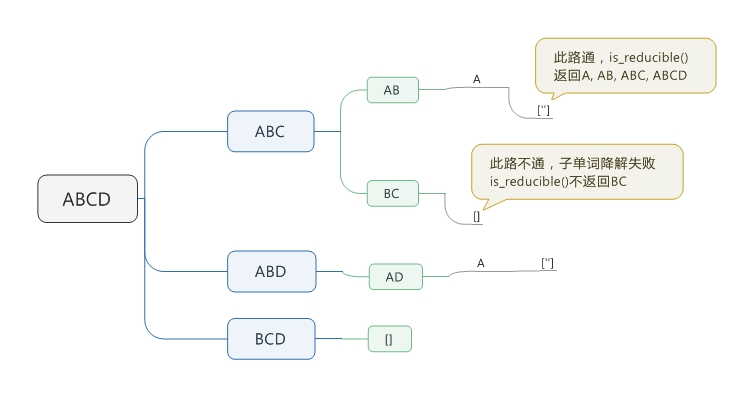该知道的我不知道
用两天才终于搞懂一道编程题目,这实在是太过分了。如果有人指点的话,肯定不需要这么长时间。如果在我看到这道题的参考答案之前已经完全明白参考答案里面写的所有东西的语法,我也不需要费这么多时间。对我来说,这个理解的过程就像是在猜谜语。什么样的东西是True,什么东西是False。理论上,这非常的简单,但实际上,当真的问起你的时候,如果还没有人跟你说过有这样的规则,你肯定想不明白,对我这种人来说,搞不明白就直接把那丢给python,要他试给我看会是什么的状况。
以前做条件判断,我都是用一些很明白的东西。用一些大家都知道是True还是False的东西,比如说条件是1大于2,这显然是不成立的,肯定是False,不会在这个条件下进行。但如果条件判断的时候,我传进去的是一个列表呢?列表到底是True,还是False?有东西,比如数字、字符的列表是什么?如果里面只有一对单引号,也就是空字符,那又是什么?还有另外一个情况,列表就只是一对方括号,一个空列表,这又是什么?通常来说,我不会给自己制造这些模棱两可的烦恼,如果是我自己写的条件,我不会这么折磨我自己,大概我会加个明确的判定下去。万一我真的把列表传进去作为条件判断。我会问那个列表是不是空列表,那个列表的长度是不是大于0?只要列表里面的东西,列表的长度就肯定大于0,无论里面是数字、字符,又或者是其他列表,甚至有元组,哪怕列表里面只有一对单引号,空字符串,其实也是有长度的,这样的列表长度为1。但空列表,就只有一对中括号的东西,长度会是0。如果在一对中括号里面又有一堆小号呢?从外面看来,中括号是有元素的,但是从里面的小括号元组看来,元组。这些说起来挺尴尬的事,如果你不知道他们的规则。无论如何都是回答不上来,答案是什么呢?这些答案又非常的明白,非黑则白,没有其他选择。
我不知道为什么在同一个判断上面,参考答案用了好几个表达式,是写脚本的人故意在用这种方式考验我们,还是说他有点随心所欲呢?对优秀程序员来说,通常不会犯这样的错误,或者说这能算是错误,应该是有这样不一致的习惯。养成一致的习惯是非常重要的,比如说注释的习惯。也比如缩进的习惯,在python里,缩进就是4个空格,没有说尽基本上程序就进行不下去了,因为通常你都要写个判断循环函数之类的吧。对我来说,我还没有养成空格的习惯,比如说,有些时候我的运算符和对象之间有没有空格,但有时却又。我完全是凭感觉。有些时候我会把那些东西搞得很开,有些时候我会挤在一起。当然,通常这些都不成问题。
在一道编程题上我之所以耗费那么多时间,就正如我上面所说,是因为在一些我应该知道的东西上面实际上我不知道。于是我得出一个结论,在看这个Think Python 2的时候,估计我得拿着本python的手册,一边学一边翻。显然Think Python 2这本书不会把所有规则都告诉你,因为他们想让你自己去学习,掌握那些他们觉得你铁定要知道的东西。
我不觉得用两天时间去研究透一道题是在浪费时间。



